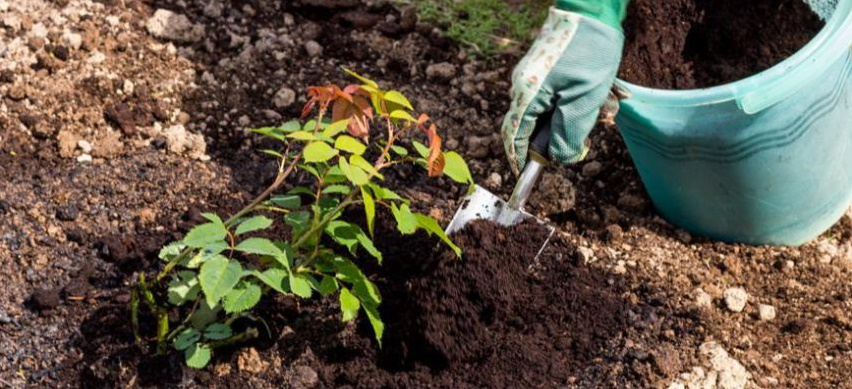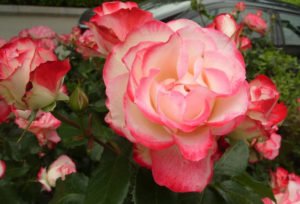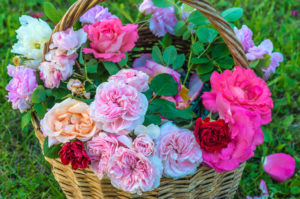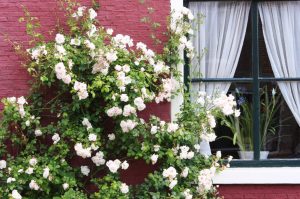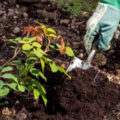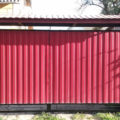It is known that roses require special attention from the gardener, and it is very important to provide garden beauties with a balanced diet in a timely manner. Currently, the gardener has a huge selection of both basic universal fertilizers and complex mixtures specially developed for roses. They can be in the form of granules, crystals or liquids in vials.
How to feed roses: an arsenal of tools
From the point of view of ease of use, liquid concentrated fertilizers are best. Usually 1 cap of the drug is diluted in a bucket of water — and watered at the rate of 1-2 liters per bush, depending on its size. Fertilizers in pellets are often diluted reluctantly, they need some time before completely dissolving. Crystal mixtures have proven themselves well, they are convenient to use: complex take 1 tablespoon per 10 liters of water; kalimagnesia, potassium nitrate, potassium monophosphate — 1 teaspoon per 10 liters of water. Complex fertilizers are not suitable for use throughout the whole season, because in different periods of vegetation roses require different components.
It is not very clear how the so-called long-acting fertilizers (prolonged action) work, intended primarily for lazy gardeners who do not have time to understand the intricacies of rose nutrition. It is assumed that in the spring you should just scatter these granules around the bushes, slightly embedded in the ground, and then, they say, the rose will take its toll. This is a certain commercial trick, since a box of such special fertilizers is not cheap, but it impresses with the ease of “exploitation”: sprinkled once in the rose garden — and you can forget about fertilizing!
The use of formulations in liquid form is a more economical way than the one in question. In my opinion, the use of fertilizers should still be differentiated by seasons.
In addition to mineral fertilizers, roses respond well to organic matter — rotted manure, chicken manure extract, homemade green fertilizer, but more on that later. A universal remedy in the agrotechnics of roses is wood ash, which not only serves as a source of trace elements, but also heals (and alkalizes) the soil.

Seasonal feeding regime
Throughout the season, the rose lives a full cycle — from waking up in spring to falling asleep in late autumn. The transformations that occur with the plant require a certain nutrition.
Feeding roses in spring
In spring, fertilizing is started after pruning roses. During this procedure, we remove many shoots — infected with an infectious burn, weak, blind and unproductive.
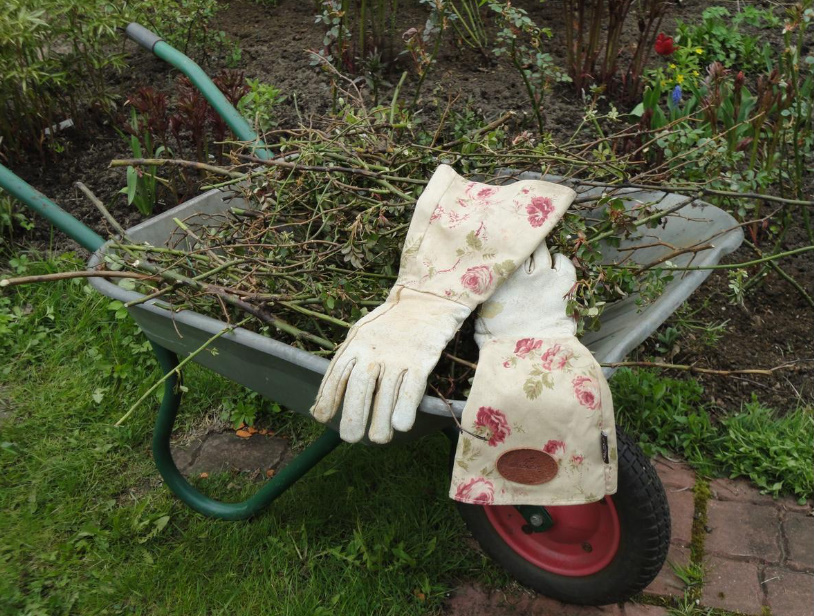
As a result, the roses need to recover, release new basal shoots, increase foliage and form buds. Fertilizing during this period is extremely necessary to give the rose an incentive and opportunities for the growth of new replacement shoots and the laying of flower buds.
At this time, priority is given to nitrogen fertilizers that contribute to the growth of green mass. There are three main types of them:
- urea — with the highest nitrogen content (46%),
- ammonium nitrate (34% nitrogen),
- calcium nitrate (11.6% nitrogen and 16.6% calcium).
The latter option is preferable for acidic soils, since, unlike the first two, calcium nitrate does not acidify the soil.

Urea and ammonium nitrate are given in an aqueous solution (1 tablespoon per bucket) and accompanied by a solution of wood ash a week or later, which reduces the acidification of the soil. On acidic soils, I repeat, the use of calcium nitrate is preferable, and its large granules, which look like scattered beads, can be easily scattered around bushes in the root zone of plants.

Immediately after the first rain, they will dissolve and disappear from the surface of the earth. This significantly reduces the labor costs of the gardener, since in this case it is not necessary to carry heavy watering cans. The results of this feeding will surprise you: after some short time from the base of the bushes, young red shoots will begin to appear – the same basal shoots that will grow and become strong by midsummer, ready to bloom, confirming the high regenerative ability of the rose.
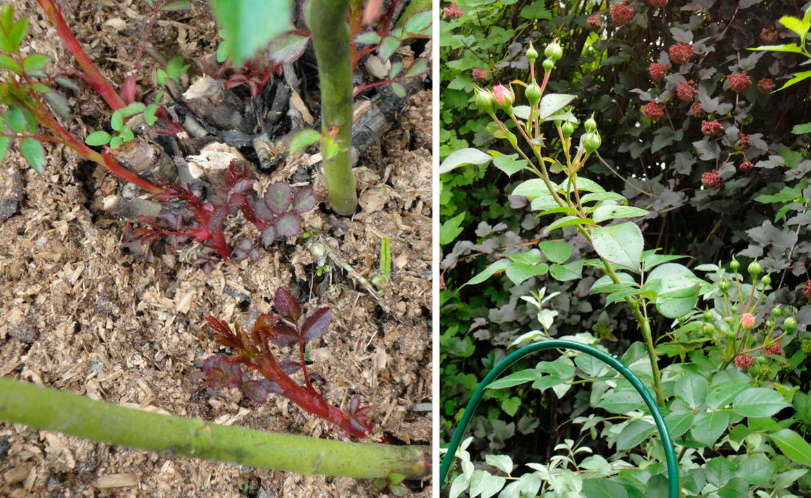
In parallel with the first top dressing, we prepare an infusion of green fertilizer from yellow (this is important!) dandelions. They are soaked in a bucket and left for 2 weeks. The top dressing will be ready just in time for the 1st organic top dressing.
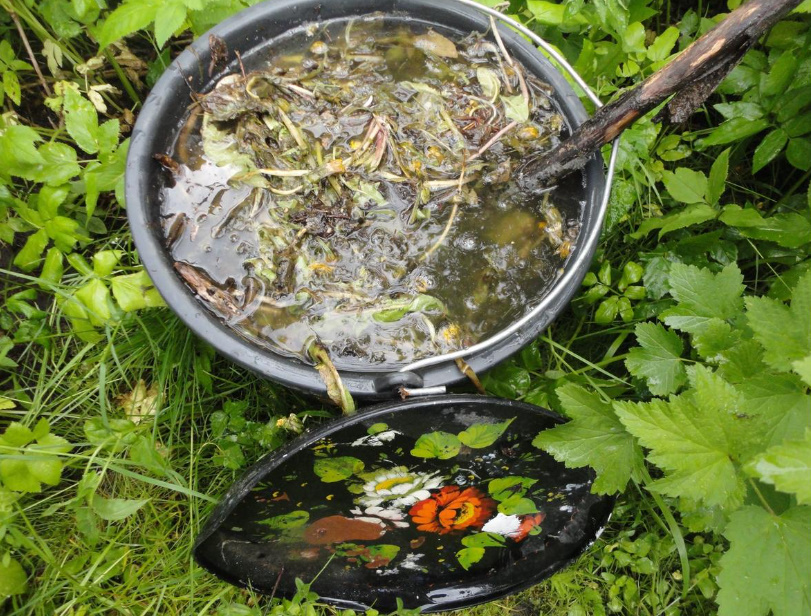
The fermented solution is stirred and diluted in a ratio of 1: 10, watering this substrate under the root. For foliar top dressing on a leaf, a concentration of 1:20 is used.
You can also use dry chicken manure. This is a very concentrated fertilizer. I usually soak 1/3 of a bucket in 10 liters, wait until it gets wet, two days, stir. I take the resulting concentrated solution with a half-liter jar, dilute it in 10 liters of pure water and use it for root fertilizing. For foliar — I take 250 ml of concentrate per 10 liters of water.
The next portion of green fertilizer is prepared from nettles that have not yet had time to release their seed brushes. The order of preparation is the same, carrying out — 2 weeks after the next mineral top dressing.
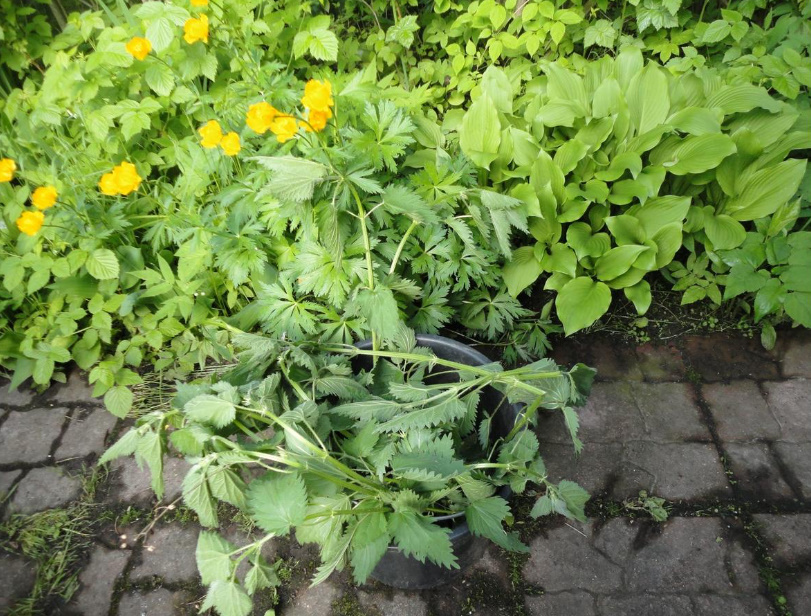
Mulching of the rose garden with rotted horse manure is extremely effective for the nutrition and health of roses. Roses with such agricultural technology feel extremely comfortable: they quickly gain buds, flowers open bright, stay on the bush for a long time. And most importantly, manure suppresses pathogenic microorganisms — roses practically do not get sick even in wet and cold summers.
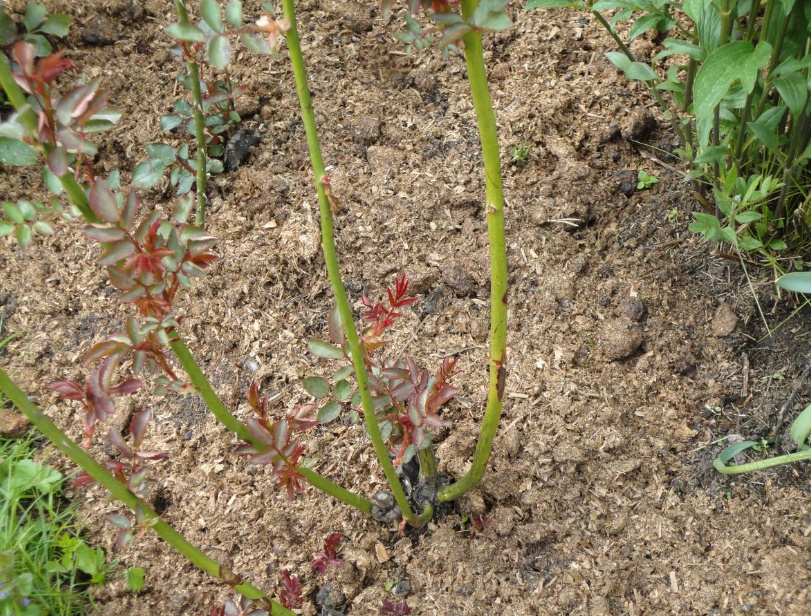
Fertilizing roses in summer
In summer, we use potassium monophosphate + wood ash + humates in combination with trace elements. Everything is in liquid form and according to the instructions. This top dressing is carried out in the budding stage. Next — a break: roses are blooming.
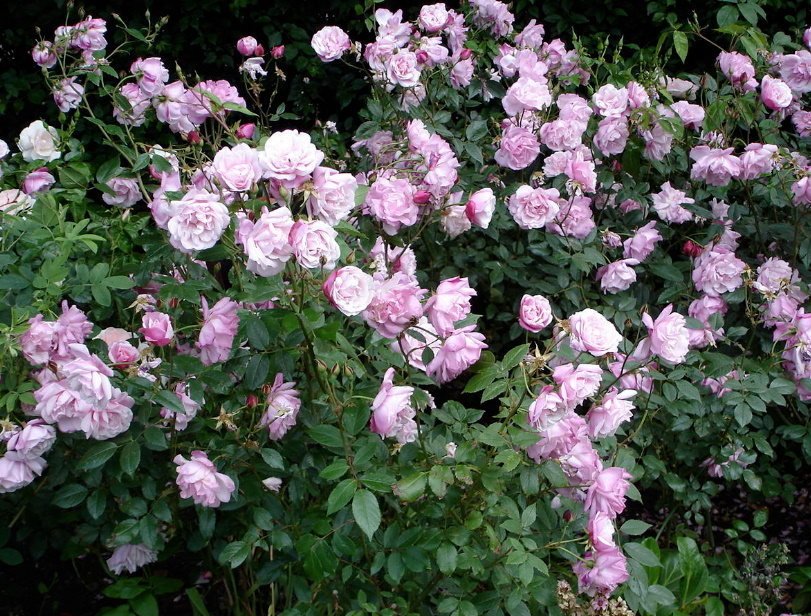
For re-flowering varieties, after flowering, fertilizing is carried out with a complex fertilizer with trace elements with a reduced nitrogen content (look at the packaging!). Organic matter with a high content of this element (infusion of mullein or chicken manure, green fertilizer) is prohibited in the second half of summer! The emphasis is on potash and phosphorus fertilizers: potassium sulfate, potassium monophosphate.
